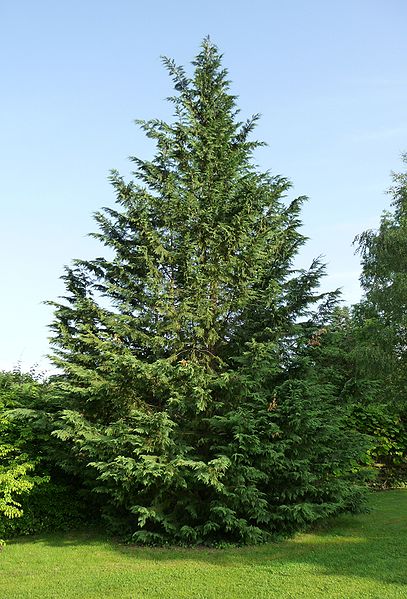One of the most popular requests we get as a tree service is to “prune” trees. When you’re dealing with large, mature trees, pruning can be a general term for many services. It is the arborist’s job to educate his or her customers as to what service they will be performing when pruning is requested.
Very often, a mature tree will be in need of what is known as “crown cleaning“. This describes the removal of dead, weakened, crowding, crossing, and broken branches to allow healthy foliage to thrive. Moreover, crown cleaning removes the most dangerous branches that could pose a hazard to people, vehicles, homes, and other structures during adverse weather events. The more mature a tree is, the more important it is to keep an eye on declining foliage.
As the above graphic illustrates, there are other options besides crown cleaning:
Crown Thinning: Crown thinning is when smaller branches are selectively removed from the upper or outer canopy to restore the tree’s natural shape, and allow more light in to help reinvigorate a tree that might be in some degree of decline. Removing excess small branches will help increase absorption of water and nutrients, as well as provide clearance for an improved view.
Crown Raising: Removing the lower branches of a tree to provide clearance for people, vehicles and to allow in more light, is known as crown raising, or “limbing up” a tree. A crown raising should remove no more than 25 percent of foliage from healthy mature trees.
Crown Reduction: Crown reduction is usually performed when a tree outgrows its intended space. It can sometimes be an appropriate solution depending on the species and growth pattern of the tree. Care should be exercised when performing this type of pruning, as improper crown reduction can leave an otherwise healthy tree prone to disease and decay. It is best performed on young trees, before they become overgrown, rather than mature trees that have been left to grow untended.
Trees that are exhibiting signs of stress or decline may not be good candidates for any of the pruning described here until they are brought back to heath.




Comments are closed.